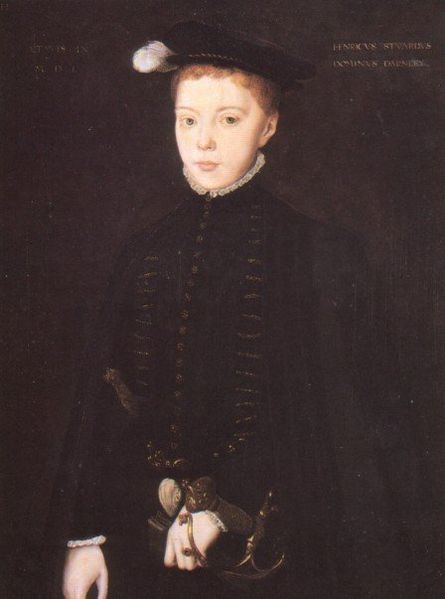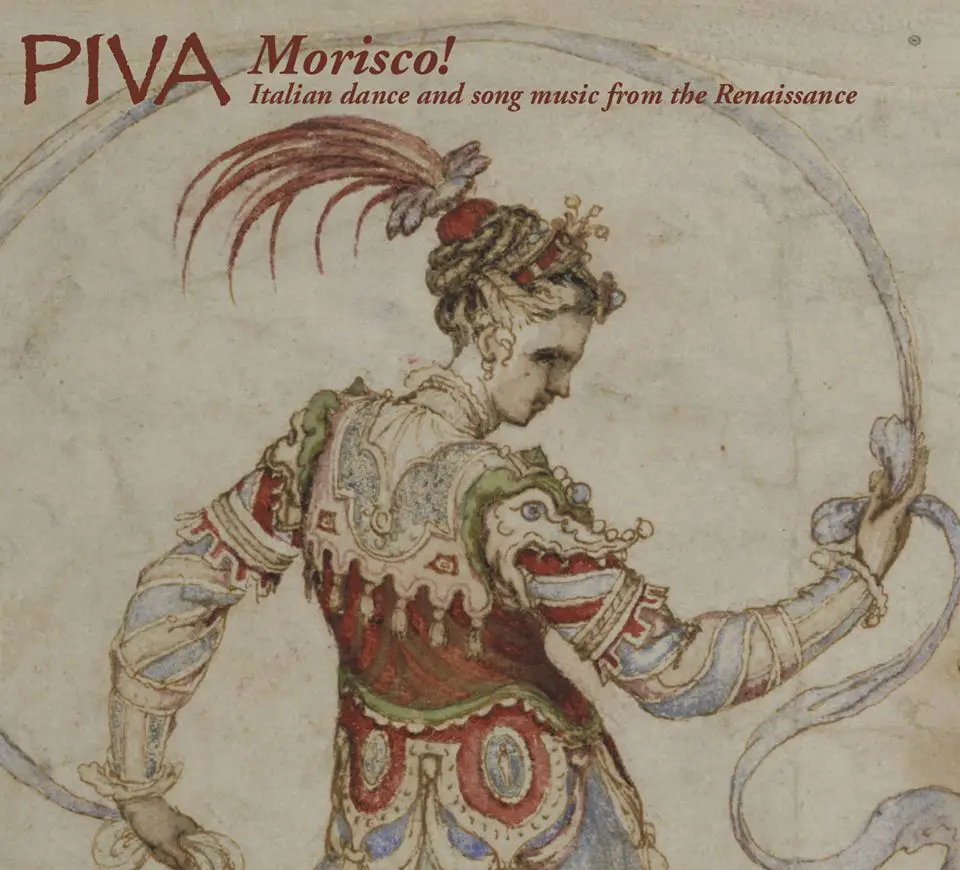 The 6th December was and is the feast of St Nicholas, or St Nicholas of Myra, the 4th century Bishop of Myra (modern-day Demre in Turkey), who is the patron saint of children, as well as sailors, merchants, archers, repentant thieves, brewers, pawnbrokers and students. In medieval and Tudor times, it was traditional for a choirboy to be chosen on 6th December or Childermas (Holy Innocents' Day) as “Boy Bishop” to act as bishop and to lead processions around communities, collecting money for the church and parish funds, and to lead some religious services.
The 6th December was and is the feast of St Nicholas, or St Nicholas of Myra, the 4th century Bishop of Myra (modern-day Demre in Turkey), who is the patron saint of children, as well as sailors, merchants, archers, repentant thieves, brewers, pawnbrokers and students. In medieval and Tudor times, it was traditional for a choirboy to be chosen on 6th December or Childermas (Holy Innocents' Day) as “Boy Bishop” to act as bishop and to lead processions around communities, collecting money for the church and parish funds, and to lead some religious services.
As Ronald Hutton points out in his book, The Stations of the Sun, this tradition was “a reaffirmation of Christ's own teaching about the special relationship of children to the kingdom of heaven, and of the Church's especial respect for innocence and purity – a celebration of norms” and that it was also widespread: “it is therefore attested at every cathedral in Britain at which a medieval archive has survived.”
Henry VII presented money to his “St Nicholas Bishop”, a boy chosen from the choirboys of the Chapel Royal, and the giving of money to one particular chorister continued on St Nicholas's Day even after King Henry VIII banned the Boy Bishop tradition. It appears that Henry put an end to the tradition because it could be seen as mocking Church authorities and therefore the king himself, seeing as he was now head of the Church. Although the tradition made a brief return in Mary I's Catholic reign, it disappeared again in Elizabeth I's reign.
The Boy Bishop tradition continues today in the Cathedrals of Hereford and Salisbury. At Hereford Cathedral, a teenager is elected as “Boy Bishop” from the cathedral choristers and takes his throne at the Choral Evensong service on the Sunday nearest to 6th December. Calendar Customs website explains: “His reign lasts for three weeks and in this time he plays an important part in services, wearing full episcopal regalia, in a tradition that here goes back to the thirteenth century.”
At Salisbury Cathedral, a chorister assumes the role of Boy Bishop during Evensong on the Sunday nearest to St Nicholas's Day in a special ceremony which involves the Bishop of Sherborne giving the boy, who is dressed in replica Bishop's regalia, his staff and ring and installing him on the throne. The Boy Bishop then leads the prayers, blesses the congregation and receives the collection, as well as writing and delivering his own sermon.
Another tradition associated with St Nicholas's Day, and also Shrovetide, from Tudor times onwards is “barring out”. Schoolboys would lock their schoolmasters out of the school and take possession of the place until the schoolmaster met certain demands.
Here is a video from 1935 of a Boy Bishop being enthroned at Compton, near Guildford:
(Text taken from the Tudor Society December Feast Days page, picture: 19th century depiction of a medieval boy bishop, attended by his canons, Wikipedia.)




The most comprehensive study of the subject:
The Medieval Boy Bishops – Neil Mackenzie , 2011, Matador.
ISBN: 9781780880082
Thank you, I’ll have to have a look at that one.